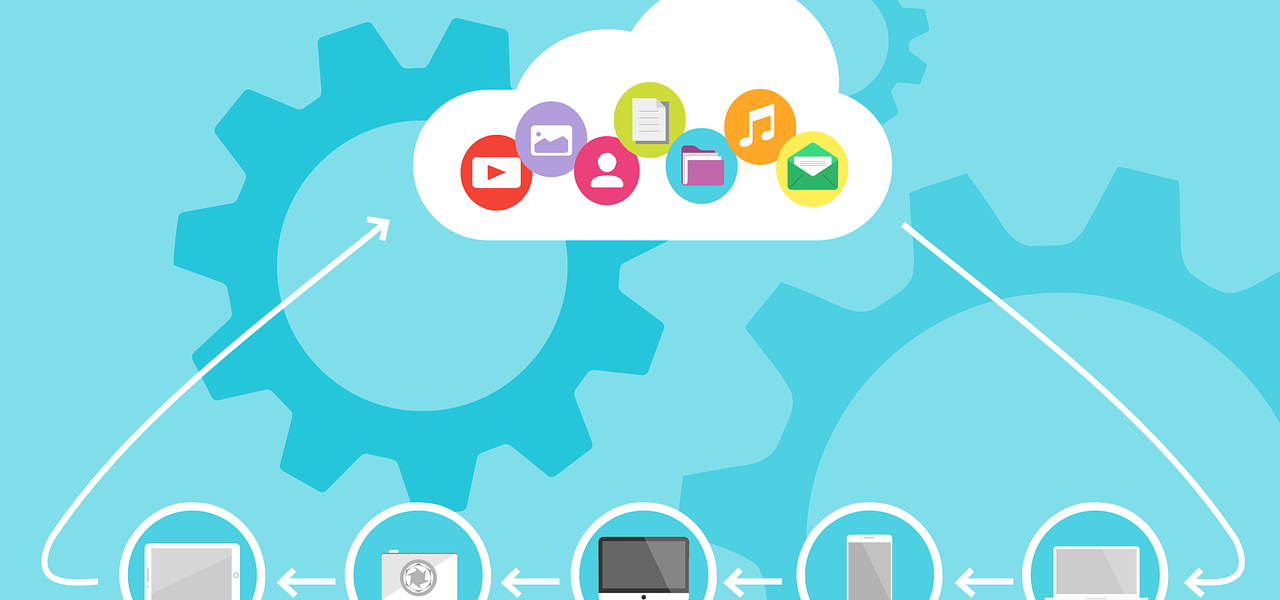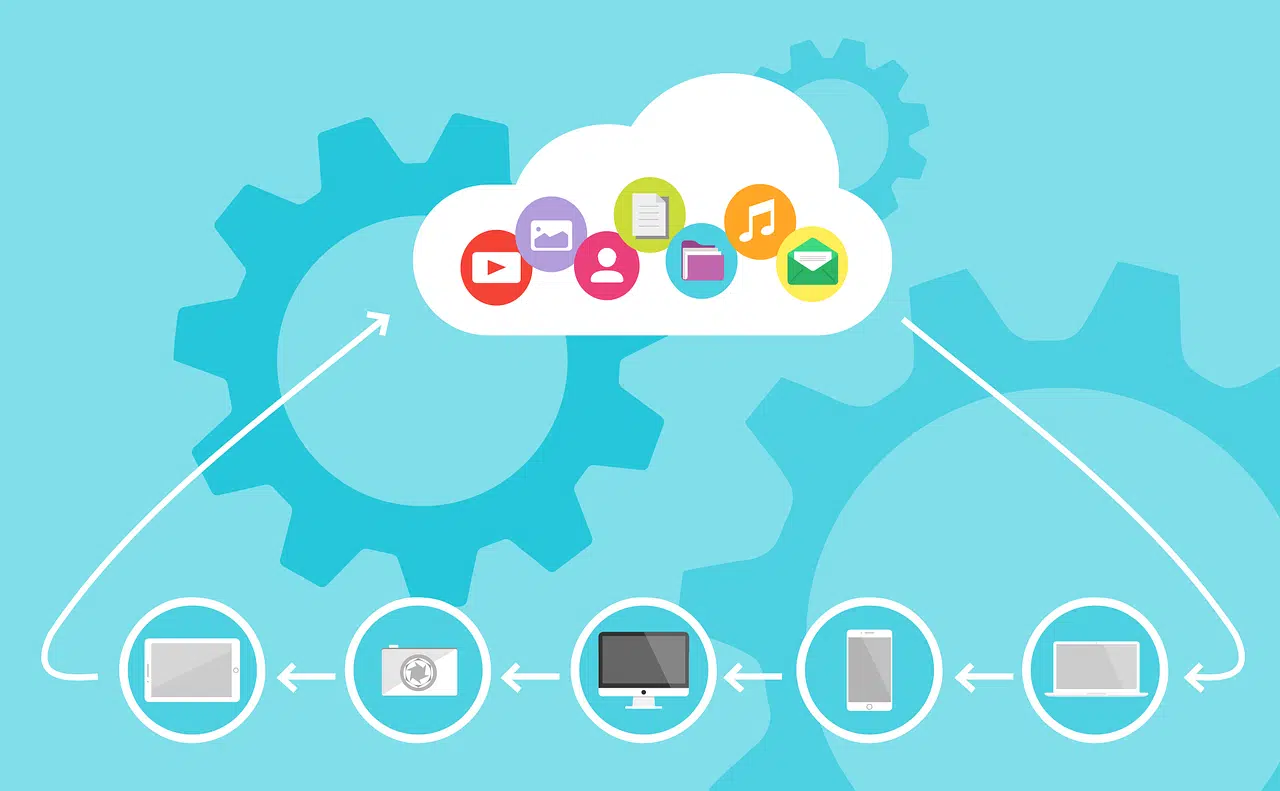A surprising solution for helping governments meet their goal of achieving net zero emissions over the next three decades: make the shift from legacy computer systems into cloud computing solutions.
The suggestion was made by Chris Skidmore, former Energy Minister of the United Kingdom and a current member of Parliament, in his most recent Net Zero Review. Skidmore specifically pointed out how his home country is lagging in terms of reducing its emission of greenhouse gasses and presented 129 recommendations focusing on general decarbonization.
In response to the Skidmore report, the British government announced that it has overhauled its Net Zero Strategy based on those recommendations, noting that a review of public sector operations with regard to sustainability targets may be in the offing in the near future.
Leading the Way
For Gareth Workman, cloud practice director at digital services provider Kainos, even the most sustainability-driven private corporations will still look to the public sector for a lead in terms of practical and quantifiable ways to decrease emissions, especially when the new strategy is passed.
However, Workman also pointed out that too many departments in the government are still reliant on resource-hungry legacy technologies which were developed at a time when neither sustainability nor carbon-neutrality came into consideration. But Workman feels that now is the perfect time for the public sector to set out on their drive towards a zero-emissions workflow through cloud migration.
How Does Migrating to the Cloud Help Meet Carbon Reduction Standards?
For the most part, leading cloud service providers have already made a number of carbon-neutral commitments that could help the public sector as they make the transition from legacy systems to the cloud.
Amazon, for example, pledged to fully power its services using renewable energy sources by 2025 and hit its own zero-emission goals by 2040. Microsoft, on the other hand, seeks to be completely carbon-free by the end of the current decade and hopes to offset all its carbon emissions by 2050.
That said, the public sector stands to benefit greatly by migrating its digital infrastructure to the cloud, as there will be a major reduction in emissions once they make the shift from physical data centers.
But migrating to the cloud is just the tip of the iceberg for the public sector. According to experts at Kainos, once this has been addressed, governments also need to focus on defining organizational cloud use policies to conserve resources; optimize application codes to minimize execution time; implement automation downtime to ensure that non-production environments are powered down when not in use; and configure their data retention policies to ensure that only important files are stored in the cloud.







